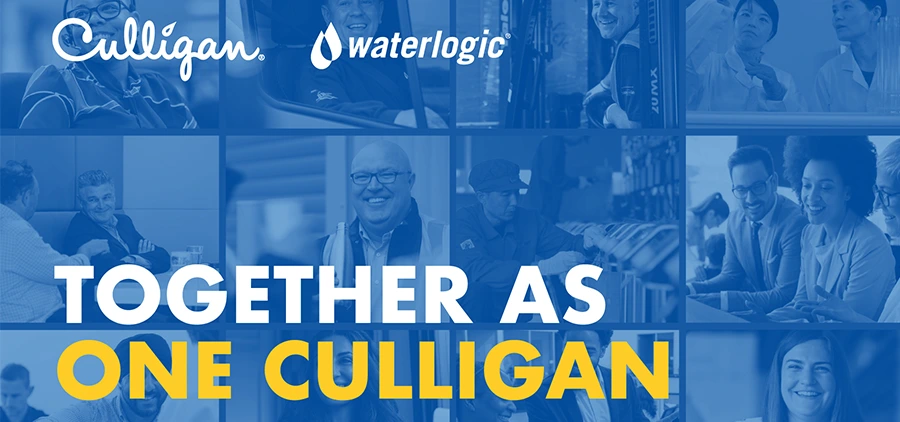

While businesses have improved output by reducing hours at work , this isn’t always feasible. Particularly, if you operate in healthcare, education, hospitality, even some office-based sectors. However, there are several productivity killers you can eliminate from your workplace to help your team get more done in the same hours.
Has your workday fallen victim to one of these workplace productivity killers?
An unfocused workday
A Florida University study suggests employees can only achieve peak performance for 90 minutes at a time, highlighting the importance of uninterrupted bursts of productivity. However, the average employee spends up to two hours every day recovering from distractions , meaning few have the luxury of undisturbed work with little opportunity to get valuable tasks out of the way.
To help teams avoid disruption, encourage each employee to take fifteen minutes at the end of every day to plan their three big tasks for the following day. Additionally, when starting any valuable task, give employees a 90-minute “do not disturb” window, so they can focus their mind for the optimal period of productivity.
A noise workspace
It’s not just direct distractions that kill output; a noisy work environment can have an adverse effect. A recent survey of 1,200 senior executives flagged how noise significantly reduces employee satisfaction within the workplace, reducing productivity and significantly increasing the likelihood of employee turnover.
Providing earphones could be one means of appeasing the team; or an office-wide policy of quiet with recommended silence between certain hours. Such an initiative would help employees get on with mission-critical tasks, safe in the knowledge they will not be disturbed. While this may not work in environments requiring constant close-knit collaboration, it is critical for those who need time to work alone.
Constant connectivity
Even in a quieter workspace, the frequent ping of an email, Skype alert, or mobile phone notification is a significant obstacle for workers who are trying to focus.
While you can’t ask employees to log-off indefinitely, you could trial programs such as ‘no-email Friday’ with such practices enabling a full day of focus. Certain enterprises simply encourage more face-to-face or telephone contact; reminding teams a two-minute conversation takes up less time and concentration than a multi-email back-and-forth.
Lengthy meetings
Meetings are arguably the most significant cost centre of any business: four senior employees sitting around a table for one hour equals four hours of high-value time, lost. Moreover, meetings are increasing in both length and frequency with executives now sacrificing 23 hours per week up from 10 hours during the 1960s.
- 65% of managers say meetings block them from completing their work;
- 71% confess meetings are unproductive or inefficient;
- 64% feel meetings come at the expense of deep work.
When booking a meeting, set a clear agenda beforehand with the required output agreed upfront – then, stay focused and don’t let the time overrun.
Dehydration and a poor diet
One study highlights how carbohydrate-rich breakfasts can have an adverse effect on daytime productivity, as they cause the body’s insulin levels to spike, thus depleting energy reserves. While the same issue arises if relying on simple carbohydrates throughout the day. Dehydration also leads to fatigue and cognitive impairment.
To promote a healthy, highly productive working environment, consider offering snacks which are low on the glycaemic index, high in protein, and full of the polyunsaturated and Omega fats the brain needs: these include fruits such as cherries, dried apricots and apples for a naturally sweet energy burst; nuts and seeds for protein and fats; with wholegrain bars offering a complex-carbohydrate kick, so workers feel energised for longer.
Alongside, easy access to plentiful filter-fresh drinking water so everyone remains hydrated and clear-headed.
Digital is the future of work
Not only can technology help forward-thinking businesses avoid productivity drains and boost output; but it will help to attract and retain talent, even unlock further business value.
The future of work is headed towards a distributed workforce with remote working being ever more common. As much as current solutions need to focus on removing office-based productivity killers, managers must also consider how they can set their businesses up for success given teams will be working in different buildings, geographies, even time zones.
The emergence of integrated products such as Slack and Front are doing their best to re-imagine the working world; it’s up to businesses to establish processes to optimise the value they can gain from adopting such game-changing technologies.
How can I boost productivity?
While productivity killers will always pose a threat to work, help is at hand. Managers have many technologies at their disposal whose sole aim is to enable higher output. When correctly implemented, each can help with communication, collaboration and employee satisfaction, mitigating common office risks while assisting businesses to comply with regulatory requirements.
The key to rolling out a successful digital workplace strategy lies in identifying a core focus. This can be collaboration, connectivity, communication or mobility. Once the priority is set workplaces can source the software to accommodate their specific needs with a single supplier for instant messaging, video calls, screen sharing and document editing hugely simplifying work flows; with the sense of community further improving workplace productivity.



